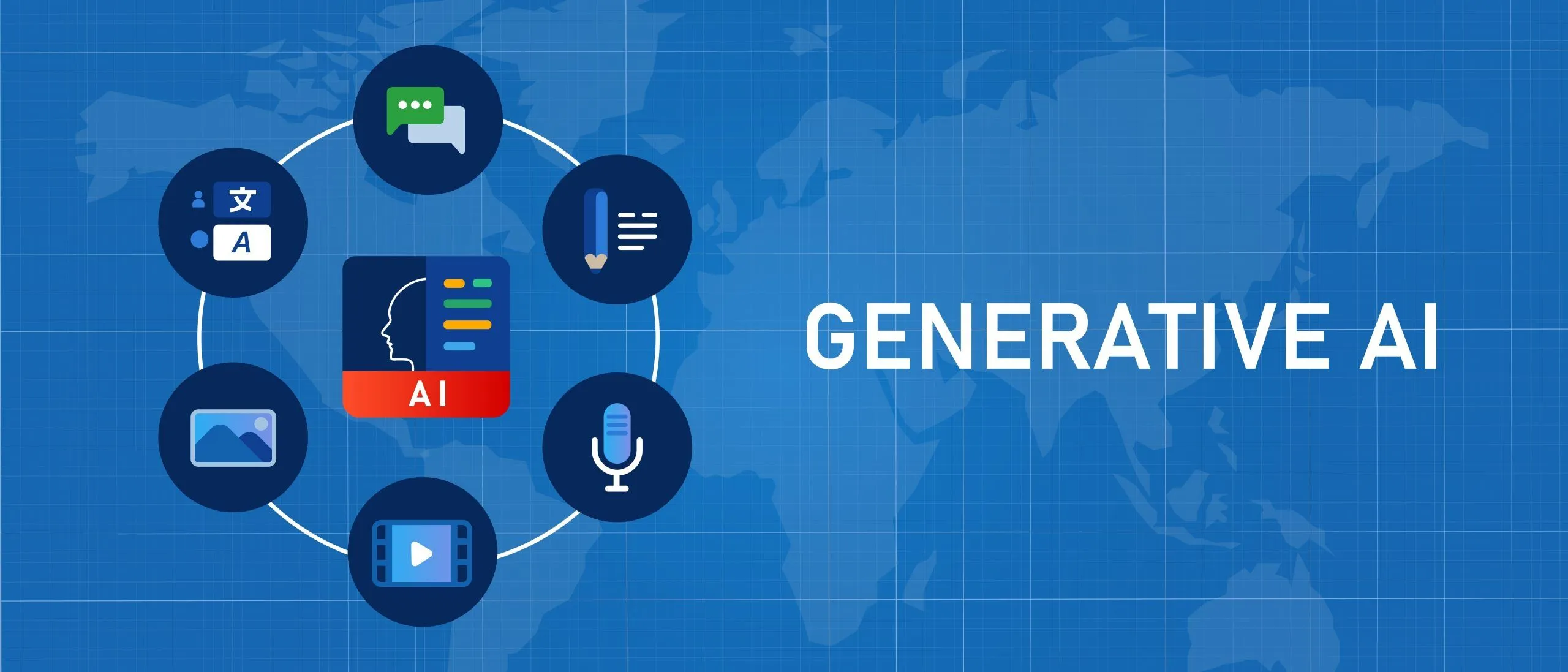Introduction to Predictive Maintenance
Predictive maintenance is a proactive approach to machinery management that focuses on predicting when equipment will fail or require servicing. This methodology significantly differs from traditional maintenance practices, which may rely on reactive or scheduled maintenance. Reactive maintenance involves addressing machinery issues only after they occur, often leading to unexpected downtimes and costly repairs. Scheduled maintenance, while somewhat effective, may result in unnecessary servicing of functioning equipment, wasting both time and resources. Therefore, there is a growing necessity for predictive strategies that can anticipate machinery needs and facilitate timely interventions.
The importance of predictive maintenance in industrial contexts cannot be overstated. It allows for a more efficient use of resources, leading to increased production uptime and significant cost savings. By implementing predictive maintenance, organizations can monitor the health of their machinery in real time, utilizing data analytics and machine learning techniques to forecast failures before they happen. This shift toward a more data-driven approach enhances decision-making and facilitates better allocation of maintenance resources.
Artificial intelligence (AI) plays a crucial role in elevating predictive maintenance strategies. By analyzing vast amounts of operational data, AI algorithms can identify patterns and anomalies that may indicate an impending failure. This analytical capability not only streamlines the maintenance process but also contributes to extending the machinery’s lifespan, as timely interventions can prevent more severe issues from arising. Furthermore, predictive maintenance powered by AI can lead to reduced downtime, ensuring that machinery is operating at optimal levels. Overall, integrating AI into predictive maintenance practices represents a significant advancement in industrial machinery management, addressing the limitations of traditional approaches and enabling smarter, more efficient operations.
Role of AI in Predictive Maintenance
Artificial Intelligence (AI) has become a pivotal force in the realm of predictive maintenance, revolutionizing how machinery is monitored and maintained. At the core of this transformation lies machine learning, a subset of AI that employs algorithms to analyze vast datasets derived from machinery sensors. These algorithms learn from historical performance data, enabling them to identify patterns and correlations that may not be immediately apparent to human analysts. By leveraging machine learning, businesses can predict when machinery is likely to fail, thus reducing unplanned downtime and maintenance costs.
Another critical component of AI in predictive maintenance is data analytics. The ability to extract meaningful insights from large volumes of operational data allows companies to assess the condition of their machinery in real-time. Advanced analytics tools can process input from various sources, including vibration analysis, temperature readings, and operational cycles, developing a comprehensive picture of equipment health. By interpreting these data points, businesses can implement timely interventions, extending machinery lifespan and improving overall efficiency.
Moreover, the integration of the Internet of Things (IoT) further amplifies the capabilities of predictive maintenance. IoT devices equipped with sensors continually collect performance data, transmitting this information to centralized systems for further processing. This seamless connectivity enables real-time monitoring and enhances forecasting accuracy. For instance, companies like GE and Siemens have successfully utilized AI-driven predictive maintenance models, experiencing significant reductions in operational costs and improvements in equipment reliability. Research shows that such implementations have led to increased productivity, as machinery is serviced based on actual condition rather than arbitrary schedules.
As AI technologies continue to evolve, their role in predictive maintenance will likely expand, offering unprecedented opportunities for organizations to optimize their operations and enhance machine reliability.
Benefits and Challenges of Implementing AI in Machinery Maintenance
The incorporation of artificial intelligence (AI) into predictive maintenance offers numerous advantages that can significantly enhance machinery upkeep and operational efficiency. One of the primary economic benefits is the reduction in maintenance costs and unplanned downtime. By leveraging AI technologies, organizations can predict equipment failures accurately, allowing them to address issues proactively before they escalate into major problems. This predictive capability not only preserves machinery but also optimizes resource allocation, leading to increased productivity and cost savings.
Improved safety is another substantial benefit. With AI monitoring machine conditions, organizations can identify potentially hazardous situations and implement necessary interventions before incidents occur. This proactive approach minimizes workplace injuries and fosters a safer working environment for employees. Moreover, AI enhances decision-making processes by providing actionable insights based on data analysis. Managers can make informed choices with real-time analytics, thereby boosting overall operational effectiveness.
Despite these advantages, adopting AI in predictive maintenance presents several challenges. Data quality issues often arise, as these systems require vast amounts of accurate and relevant data to function effectively. Poor data can lead to erroneous predictions and undermine the trust in AI solutions. Additionally, the need for skilled personnel poses another obstacle. Companies may struggle to find or develop employees proficient in AI and machine learning technologies, which are essential for successful implementation.
Resistance to change within the workforce can further complicate AI adoption. Employees may be apprehensive about new technologies, fearing job displacement or the complexity of adapting to new systems. To address these challenges, organizations should invest in training and upskilling their workforce, promote a culture of continuous improvement, and ensure transparent communication about the benefits of AI integration in machinery maintenance.
Future Trends in AI and Predictive Maintenance
The future of predictive maintenance harnessing artificial intelligence (AI) appears promising. As advances in technology continue to reshape industrial practices, several emerging trends are set to enhance the implementation of predictive maintenance strategies across various sectors. One significant trend is the increasing automation of maintenance processes. Automation allows organizations to reduce human error and optimize scheduling, contributing to improved operational efficiency. Machinery equipped with AI-driven components can identify potential failures before they occur, thus facilitating proactive maintenance interventions.
Another noteworthy development is the evolution of more sophisticated AI algorithms. These algorithms will enable enhanced data analysis and anomaly detection capabilities. With the integration of machine learning techniques, predictive maintenance can evolve beyond traditional approaches, allowing for real-time monitoring and quicker response times. As AI systems become smarter, they will not only predict equipment failures but also provide insights into the underlying causes, enabling companies to address root issues and reduce downtime effectively.
The role of big data and cloud computing is also expected to grow significantly. With the proliferation of IoT devices, vast amounts of data will be generated continuously. This influx demands robust data management and processing capabilities that cloud computing can provide. By leveraging cloud infrastructure, organizations can store, analyze, and share data more efficiently, thus enhancing their predictive maintenance efforts. The integration of big data analytics will allow businesses to correlate and interpret complex data sets, leading to more accurate forecasts and informed decision-making.
Overall, as these trends unfold, the landscape of predictive maintenance will transform, fostering improved operational efficiency and increasing customer satisfaction. The convergence of automation, advanced algorithms, and data analytics heralds a new era in maintenance practices, enabling industries to operate more efficiently and responsively.









